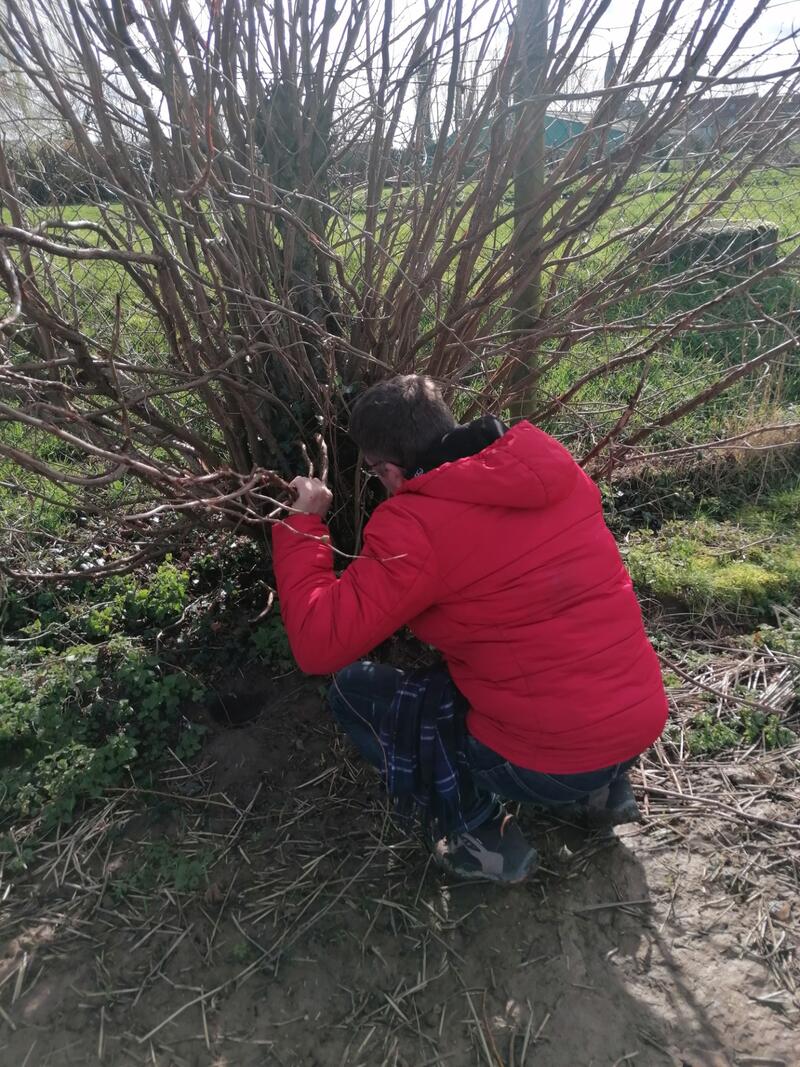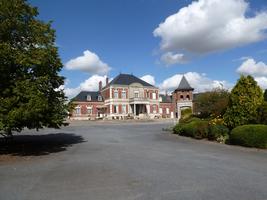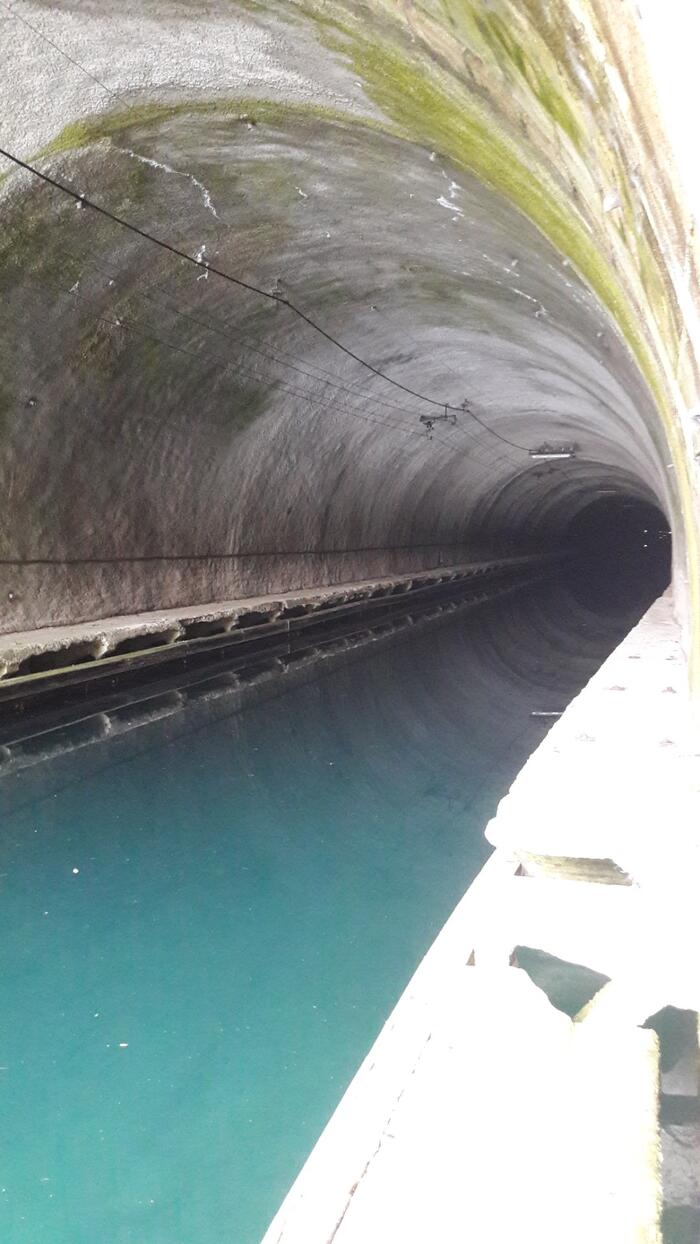AROUND THE ABBAY : 10 KMS
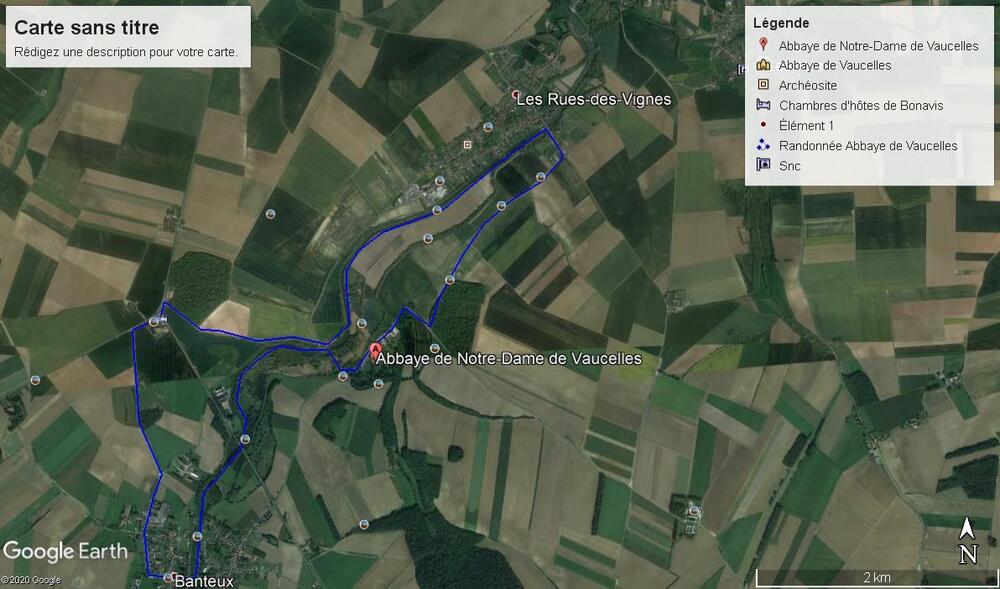 Randonnee Abbaye de Vaucelles Randonnee Abbaye de Vaucelles
On foot from the Ferme de Bonavis, turn left to reach the village of Banteux then go to the town hall, cross the bridge and turn left on the right bank. You will arrive in the hamlet of Vaucelles. Pass in front of the Abbey. This Cistercian abbey, listed as a Historic Monument, is located in the Haut-Escaut valley in the town of Les Rues des Vignes, 10 km from Cambrai and 24 km from Saint-Quentin. This monument is one of the most prestigious in the North of France. The Abbey of Vaucelles, as it stands today, remains an exceptional construction both in terms of its size and the quality of its restoration and its cultural influence. Stroll through the magnificent gardens.
Continue the hike on the D96 regional road then, when you reach the woods, turn left towards the village of Les Rues des Vignes. Take the left bank of the canal to return to Vaucelles then take the D 96 which goes up to Bonavis
FROM BONAVIS TO THE TUNNEL
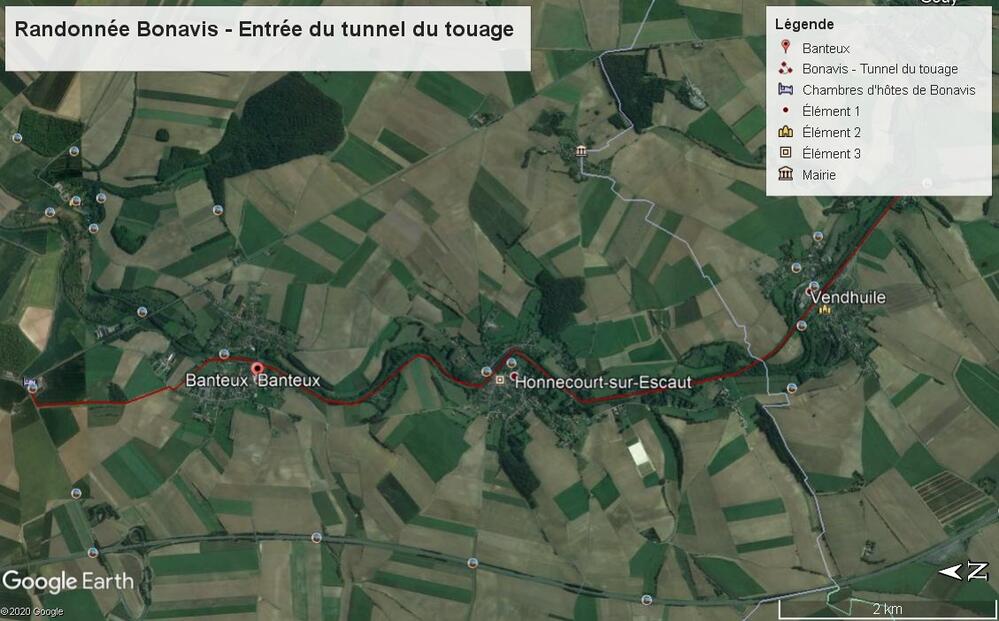 Rando Bonavis Tunnel touage Rando Bonavis Tunnel touage
From the Ferme de Bonavis on foot: When leaving, turn left for 100 meters then turn left and descend towards the village of Banteux then cross the road and take the small path which leads to the canal and turn right along the right bank of the canal
From the Farm to the entrance to the tunnel on foot 22 km round trip
CHANNEL MADE BETWEEN 1801 AND 1810
This oldest tunnel preserved in Picardy is today the only place in the world where the towing system is still practiced (towing barges with the chain).
The Saint-Quentin canal as it enters the tunnel.
The Saint-Quentin Canal was inaugurated in 1810. From Saint-Quentin to Gauchy, from Saint-Quentin to Cambrai, it linked the Oise, the Somme and the Scheldt, before the opening of the North Canal. It has a remarkable feature, however. To join Riqueval and Le Catelet, Napoleon required the digging of an underground more than 5 km long (5,670 meters). This passes under the villages of Bellicourt and Bony and makes it essential to tow or tow barges to the chain.
Built between 1801 and 1810 under the direction of the engineer A.N. Gayant, the Riqueval tunnel, 5,670 meters long, was inaugurated by Napoleon 1st in April 1810. The tunnel is crossed using towers. It is the oldest preserved tunnel in Picardy and is, today, the only place in the world where the towing system is still practiced (towing of barges by the chain).
What is a tapper?
From the beginning of the 19th century, the question arose of the hauling of boats that frequent the canal. The winch, or touter, system is therefore adopted. At first, this one is driven by horses arranged in a merry-go-round on its deck, then a steam engine is installed on board, before that of an electric motor in 1910. This measurer - 25 m long and 5 m wide - capable of towing 32 barges, loaded for example with coal.
At an average speed of 2.5 km / h, the handler hauled himself on a chain - 8 km long and weighing 96 tonnes - which wound on a capstan on the bridge. This rests at the bottom of the canal and is fixed to each end of the underground. The scout pulls in his wake a "oar" of boats, the engines of which must be turned off for crossing the underground canal.
Each crossing of the tunnel lasts more than two hours, a moment of conviviality at the time for the mariners who frequent the premises.
At its bicentennial, the Toueur de Riqueval, which has become a living museum, still hauls two oars a day from barges and other pleasure boats. Since the opening of the North Canal and the drop in traffic on the Saint-Quentin canal - 1,600 barges in 2002 -, Voies navigables de France has been talking about plans to install a mechanical ventilation system in the tunnel, allowing boats cross it using their engine in the tunnel.
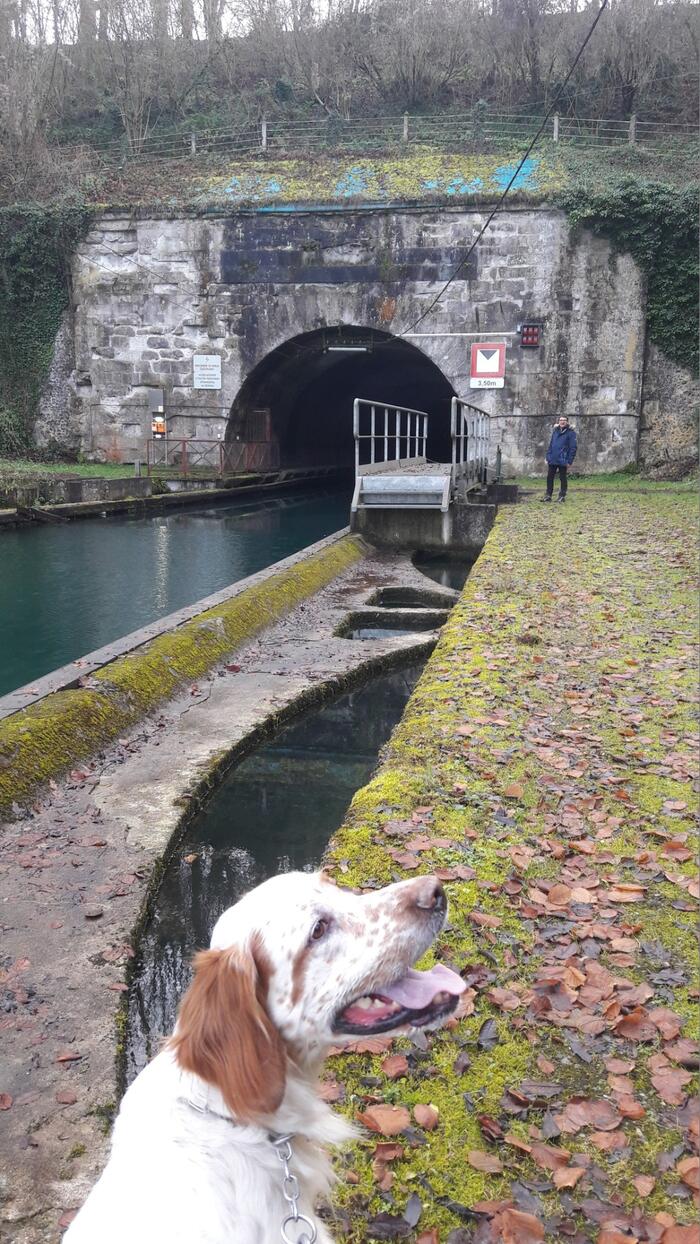 20191215_150520 20191215_150520
|

